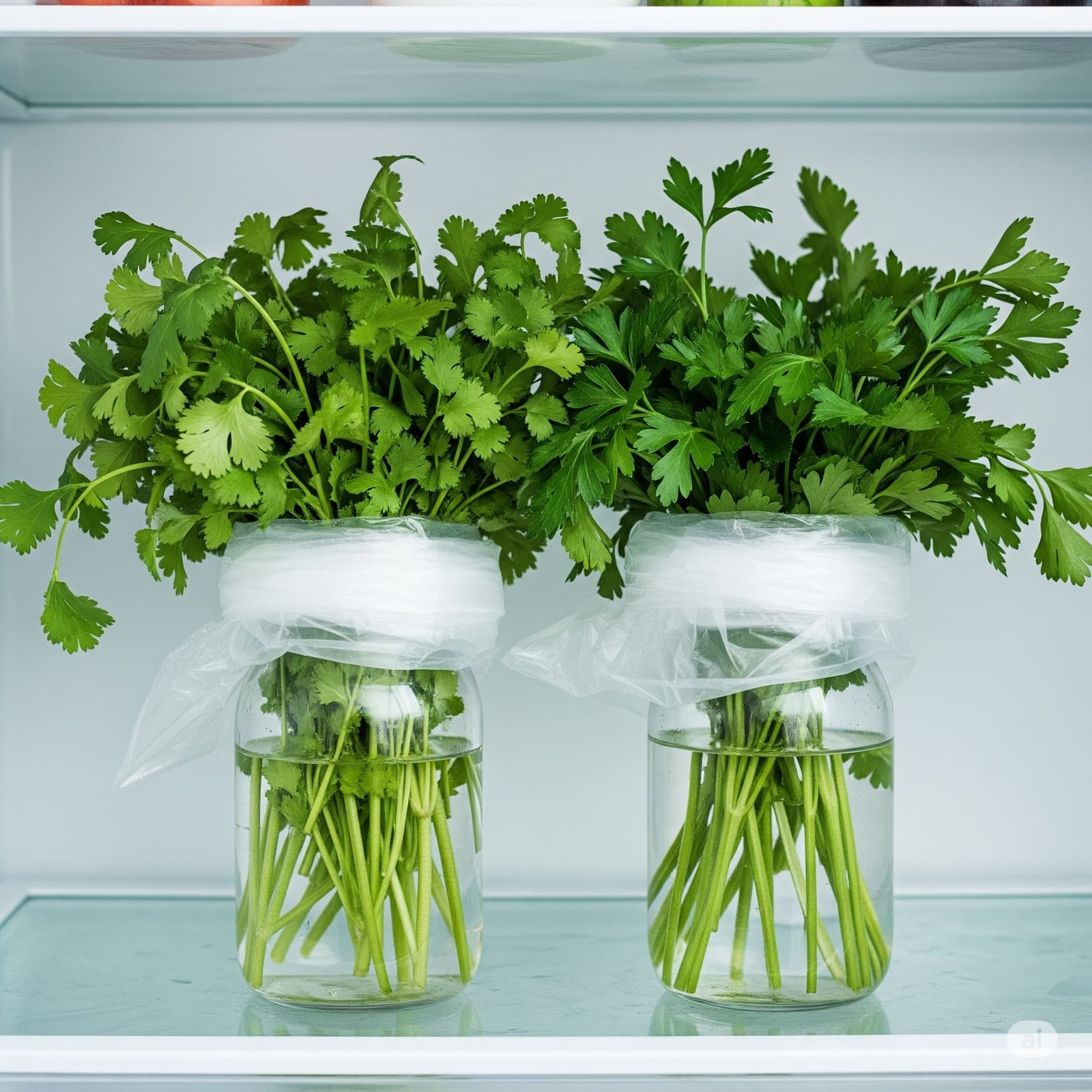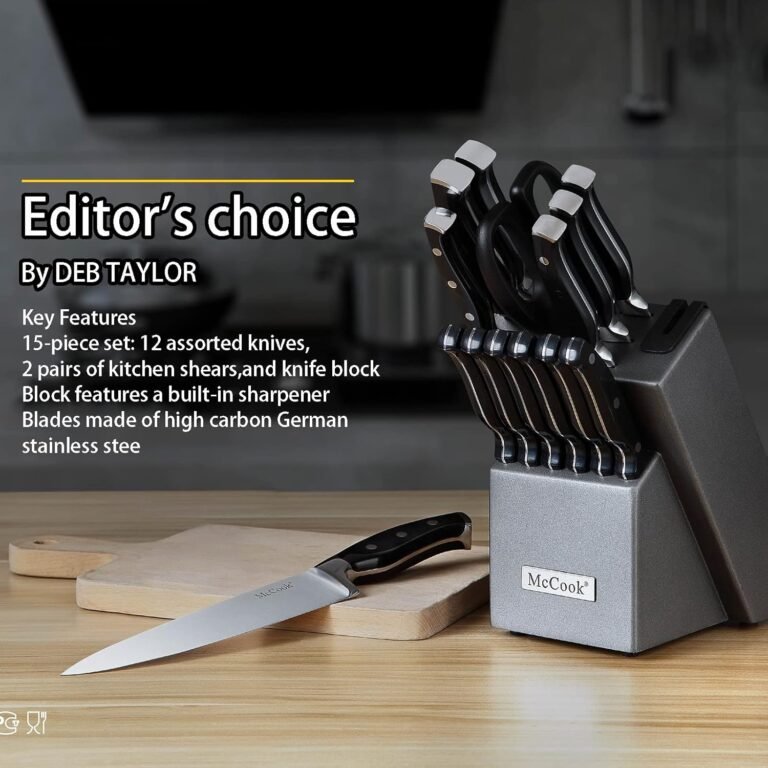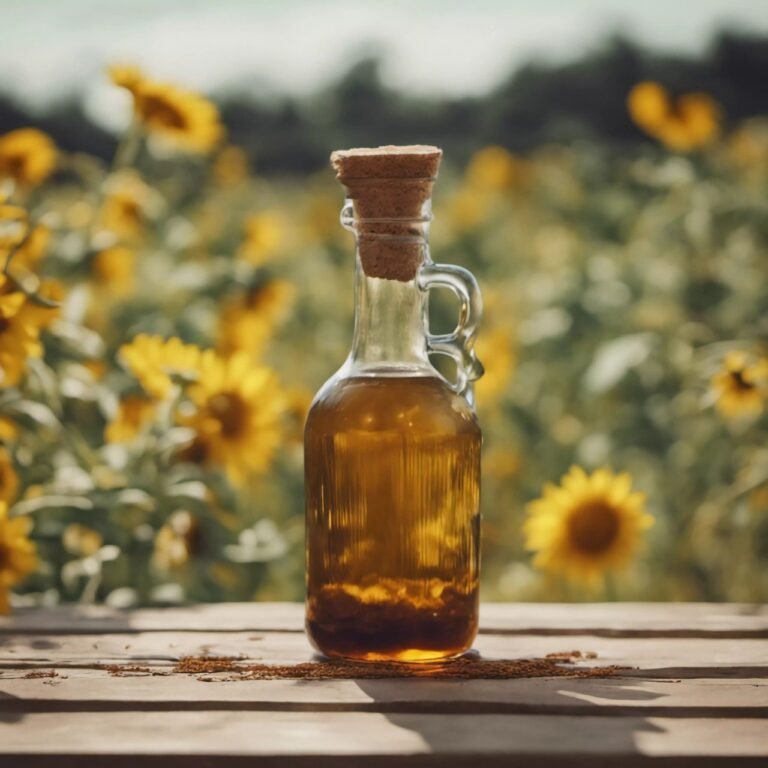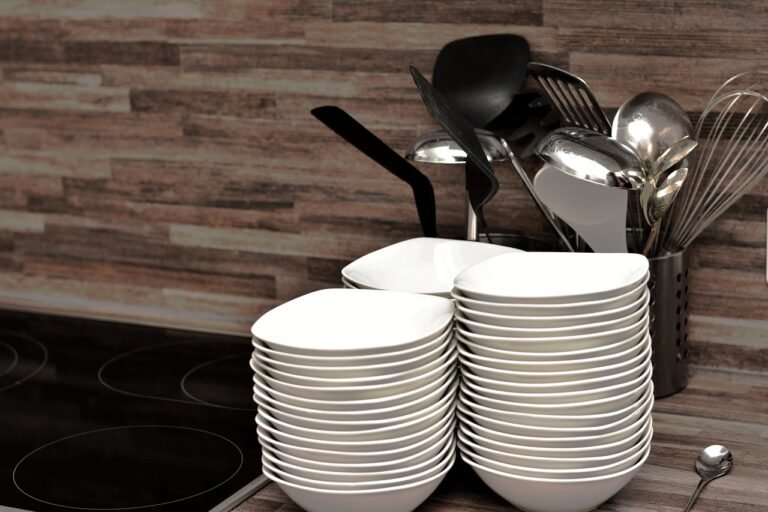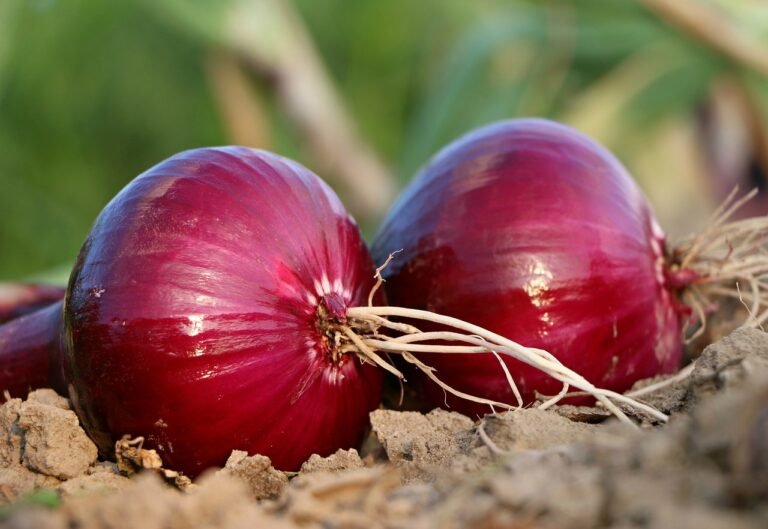No More Wilted Herbs! The Pro Secret to Keeping Fresh Herbs for Weeks
We’ve all been there. You come home from the store with a beautiful, vibrant bunch of fresh cilantro or parsley, excited for the burst of flavor it will add to your meals. You place it in the fridge, and just two days later, you open the crisper drawer to find a sad, wilted, slimy mess. It’s a frustrating cycle of wasted money and lost flavor. But what if I told you there’s a pro secret to keeping fresh herbs vibrant and usable not just for days, but for weeks?
Welcome to your ultimate guide on how to store fresh herbs correctly. Forget everything you thought you knew. With a couple of simple techniques tailored to the type of herb, you can stop throwing away money and start enjoying fresh flavor whenever you need it. Let’s dive in.
You may also be interested in Food preservation and storage
Why Do Fresh Herbs Go Bad So Quickly?
Understanding the enemy is the first step. Fresh herbs face two main threats in your refrigerator:
- Moisture Loss: Tender leaves lose water to the dry air in the fridge, causing them to go limp and wilt.
- Excess Moisture: Trapped water droplets on the leaves promote bacteria growth, leading to dark spots, slime, and rot.
The secret to long-lasting herbs is managing this moisture balance perfectly. And the best way to do that depends on the type of herb.
How to Keep Herbs Fresh: The Two Golden Rules of Storage
First, divide your herbs into two main categories: Tender Herbs (soft stems) and Hardy Herbs (woody stems). Each group requires a different storage method.
Method 1: How to Keep Tender Herbs Fresh: The “Bouquet” Method
This method is perfect for herbs with soft, tender stems. Think of them as a bouquet of flowers, because that’s exactly how we’ll treat them.
- Herbs in this category: Cilantro, Parsley (both flat-leaf and curly), Mint, Dill, Tarragon.
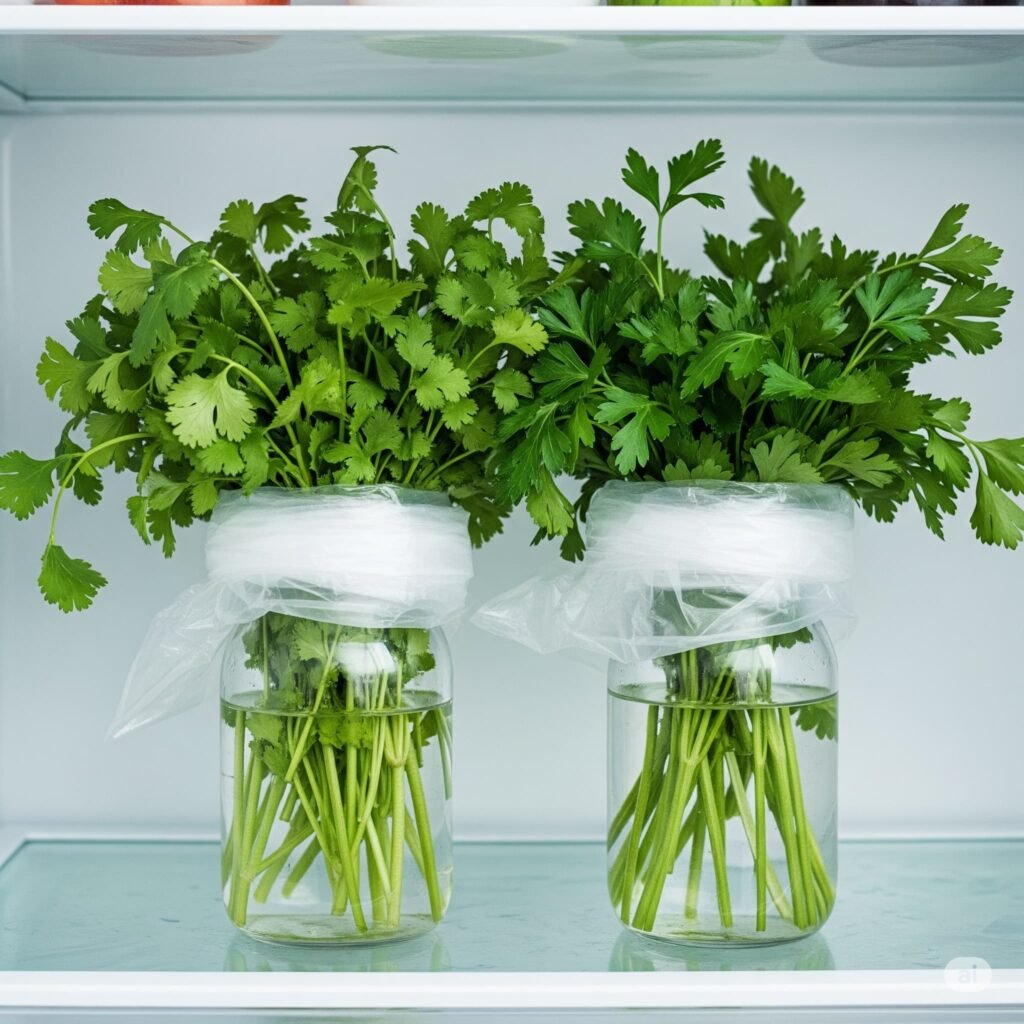
Step-by-Step Instructions:
- Trim the Stems: Just like with flowers, use scissors or a knife to snip off the very bottom of the stems.
- Place in Water: Fill a small jar or glass with about an inch of water. Place the herb bundle into the jar, ensuring the stem ends are submerged.
- Remove Bad Leaves: Pick off any leaves that are already wilted or turning yellow.
- Cover Loosely: Take a plastic produce bag or a zip-top bag and place it loosely over the top of the herbs, creating a mini greenhouse. This traps humidity without suffocating the leaves.
- Refrigerate: Place your herb bouquet in the refrigerator. Change the water every few days to keep it fresh.
This method keeps the stems hydrated while protecting the delicate leaves, dramatically extending their life.
Method 2: The Best Way to Store Hardy Herbs & Keep Them Fresh
Hardy, woody-stemmed herbs prefer a less humid environment. They need to be kept moist, but not wet.
- Herbs in this category: Rosemary, Thyme, Oregano, Marjoram, Sage, Chives.
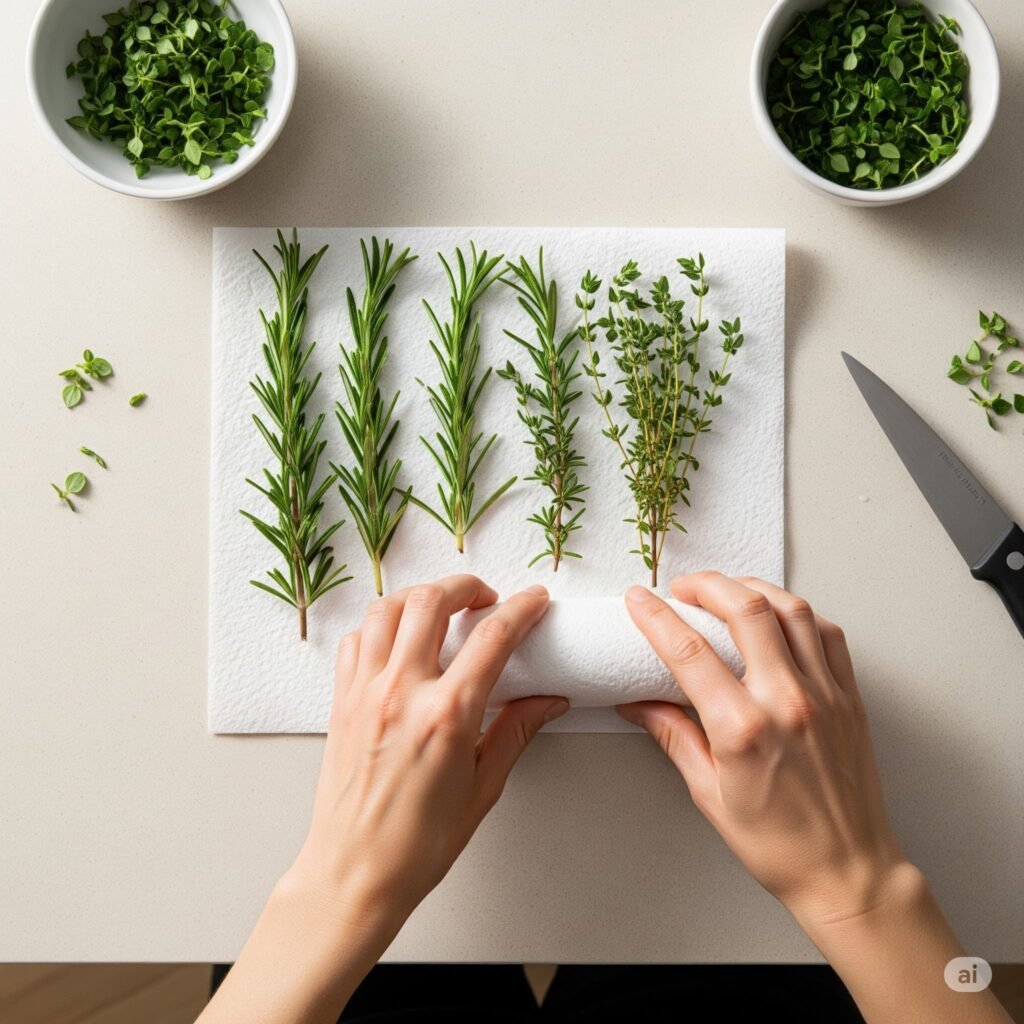
Step-by-Step Instructions:
- Wash and Dry Thoroughly: Gently rinse your herbs and then dry them completely. A salad spinner works great, or you can pat them dry carefully between layers of paper towels. Excess water is the enemy here.
- Wrap in a Damp Towel: Lightly dampen a paper towel (it should be moist, not dripping wet). Spread the herbs in a single layer on the towel and then gently roll them up.
- Store in a Bag or Container: Place the paper towel-wrapped bundle inside a zip-top bag or an airtight container. Don’t seal the bag completely, or leave a corner open to allow for some air circulation.
- Refrigerate: Place the package in your refrigerator, usually in the crisper drawer.
This method provides just enough moisture to prevent the herbs from drying out while wicking away any excess that could cause rot.
The Special Case: How to Store Fresh Basil
Basil is the exception to all the rules because it hates the cold. Never store fresh basil in the refrigerator. The cold air will quickly turn the leaves black.
- Correct Method: Treat basil exactly like a bouquet of flowers on your counter. Trim the stems and place them in a jar of water. Keep it at room temperature, away from direct, harsh sunlight. It will stay fresh and fragrant for a week or more.
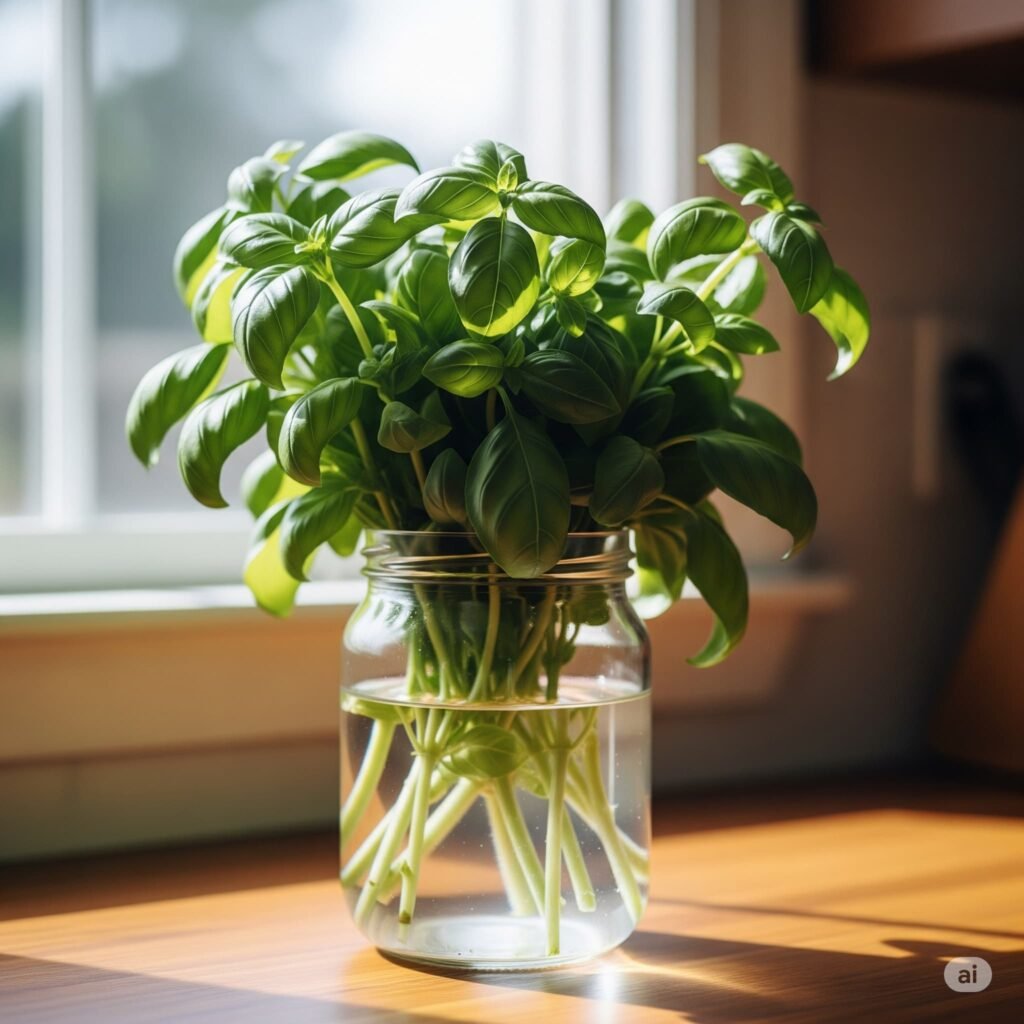
Level Up: The Ultimate Herb Storage Solutions
If you use fresh herbs constantly and want to maximize their lifespan with minimal effort, investing in a dedicated storage tool can be a game-changer.
For the ultimate solution that takes all the guesswork out of the process, consider a dedicated herb keeper or herb savor. These containers are specifically designed with features like water reservoirs and proper air circulation to create the perfect environment for almost any herb. They are incredibly effective and can make your herbs last up to three weeks.
For the towel method, upgrading from plastic bags to high-quality reusable silicone storage bags is a great eco-friendly option that works wonderfully.
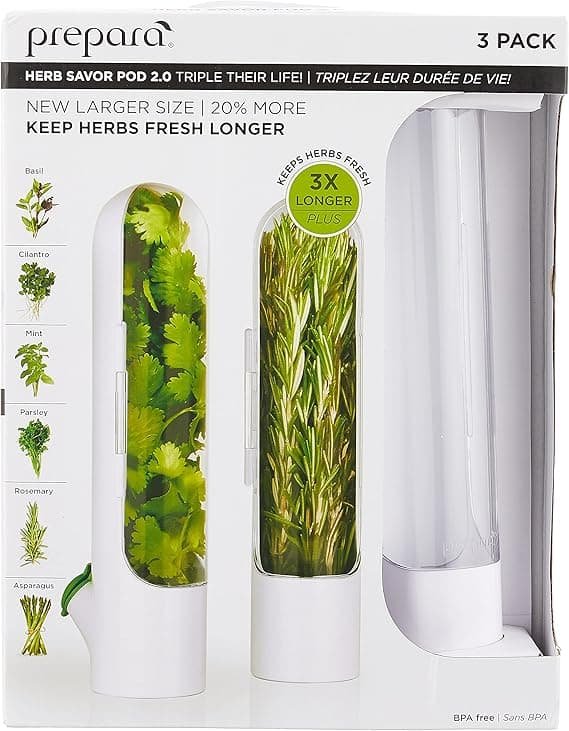
Bonus Pro Tip: How to Revive Wilted Herbs
Did you forget about that bunch of parsley and now it looks a little sad and limp? Don’t throw it out just yet! If it’s not slimy or brown, you can often bring it back to life.
- Trim the ends of the stems.
- Submerge the entire bunch in a bowl of ice water for 15-30 minutes.
- Often, the leaves will absorb the water and perk right back up, crisp and ready to use!
Conclusion: Save Money, Waste Less, Cook More!
Learning how to keep herbs fresh is one of the most practical and money-saving kitchen hacks you can master. By using the “bouquet” method for tender herbs, the “towel” method for hardy herbs, and giving basil its special counter-top treatment, you’ll reduce food waste and ensure you always have incredible fresh flavor ready to elevate your cooking.
What’s your biggest challenge with fresh herbs, or do you have another pro tip to share? Let us know in the comments below! We’d love to hear from you.

